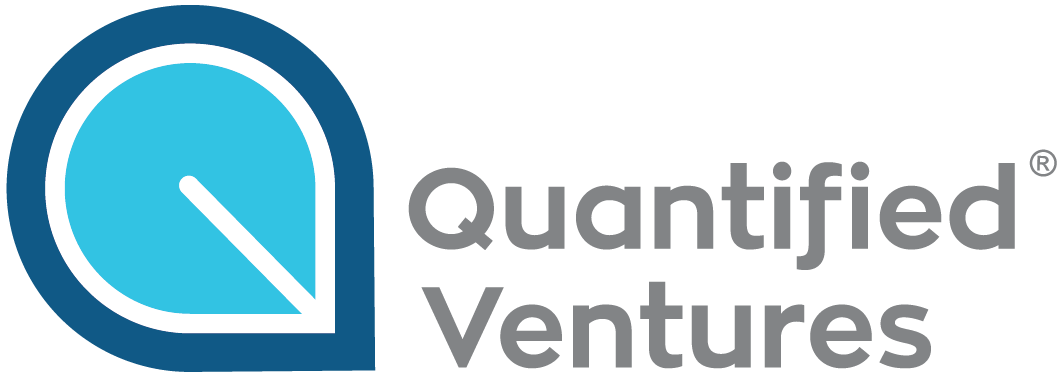Pay for Success Legislation Moves Government to Fund What Works
By Brendan O’Connor, Director
(Update to original article published March 28, 2018 in Morning Consult)
For most state and local governments, the to-do list is long, and funding is short. But new legislation could unlock substantial new funding for social, health, and environmental programs. The Social Impact Partnerships to Pay for Results Act (SIPPRA) legislation, years in the making, was passed in 2018. It appropriates $100 million to a Treasury-controlled fund, which is now, for the first time, allowing the federal government to pay for outcomes in a Pay for Success (PFS) transaction.
PFS transactions, also commonly referred to as Social Impact Bonds, often use capital from impact investors to scale evidence-based programs, with the promise of repayment if, and when, the contractually agreed upon outcomes are achieved. This mechanism furthers the national movement towards a system of evidence-based policy and funding ‘what works’. Paying for outcomes requires rigorous measurement of impact, which helps expand the library of effective, evidence-based policies and practices. Currently, less than $1 out of every $100 spent on programs by government is rooted in evidence, increasing the likelihood that ineffective programs are being funded and effective programs are being underfunded.
Even before passage of SIPPRA, more than twenty Pay for Success projects were launched in the United States with over one hundred in development. These programs have focused on green infrastructure, coastal resilience, food insecurity and social isolation, early childhood education, prison recidivism, homelessness, workforce development, and mental health, among others. The $100M federal outcomes fund aims to expand the number of PFS projects by, for the first time, enabling the federal government to contribute to outcomes payments back to investors – a role which until now has been limited to non-federal entities. One of the early promises of PFS was to solve the ‘wrong pockets problem’, which disincentivizes investment by any one entity, because the benefits accrue to multiple other entities. By expanding the opportunity of outcomes payments to the federal government, more state and local governments will feel more comfortable entering into PFS projects, as the cost and benefit of the intervention is proportionately shared.
ON FEBRUARY 14, 2019, THE US TREASURY RELEASED A SIPPRA NOTICE OF FUNDING AVAILABILITY (NOFA). HERE’S WHAT YOU NEED TO KNOW:
Applications are due 90 days from the release date (May 15, 2019)
Between 5-15 awards are expected to be made in November 2019
Eligible applicants include state and local governments
$66.3M will be awarded for federal outcomes payments
Up to 15% of an award can be used to pay for the PFS evaluation
50% of awards (est. $33.15M) must be for projects benefitting children under age 18
Projects can last up to 7.5 years, which allows for projects in which outcomes may take longer to measure
Project outcomes of focus include employment and earnings, education, chronic disease reduction, maternal and infant health, foster youth outcomes improvement, prison recidivism; homelessness, or behavioral health.
Because of the short turnaround time until application, applicants should already have most of the project components in place, including the intervention, project stakeholders, and evaluation design, among other criteria for judging applications.
State and local governments can act now to be strong applicants for these opportunities. For governments interested in exploring an application to the outcomes payments NOFA, please contact us to assess how we can best support your development of a high-quality, successful application.
Another SIPPRA NOFA for Feasibility Assessments will be made later in 2019. Approximately $10M of the $100M is available for PFS Feasibility Assessments – the first step in developing a PFS project. For state and local governments interested in applying for this soon to be released Feasibility Assessment NOFA, there are several practical ways in which you can start preparing now:
Get familiar with PFS as an alternative financing approach. The Nonprofit Finance Fund Pay for Success Learning Hub is a great place to get started with sample projects, tools, and resources.
Prioritize potential social, health, or environmental impact projects currently in development – that solve for a significant unmet need related to the outcomes of focus listed above.
Identify if federal value (e.g., savings + revenue) is likely to result from project.
Determine potential partners, including service providers, evaluators, and intermediaries experienced in structuring PFS Feasibility Assessments
Quantified Ventures is here to help as your organization explores this innovative approach to funding effective social, health, and environmental initiatives. Contact us if you’d like to discuss an idea for a future PFS project!

